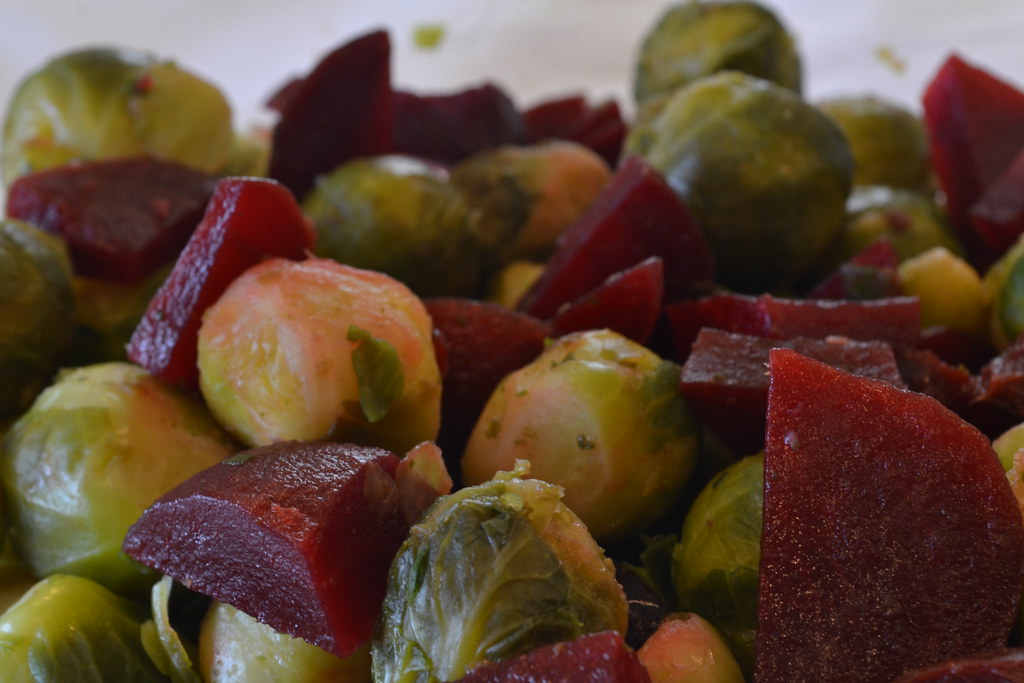Do you try to avoid using the microwave for fear of radiation or some other cancerous cause? With terms like "nuke" used to describe cooking with a microwave, who could blame you? I say, "yes", microwave your food or drink without fearing your sudden demise!
 |
| Thanks to microwaves, I can have a healthy breakfast like this! |
 |
| I love popcorn too much to not use a microwave. I know I could cook on the stove, but I don't want to add any oil! |
The FDA has an informative page that helps answer most microwave matters. Here are the paragraphs I found most helpful from the site:
What is Microwave Radiation?
Microwaves are a form of "electromagnetic" radiation; that is, they are waves of electrical and magnetic energy moving together through space. Electromagnetic radiation ranges from the energetic x-rays to the less energetic radio frequency waves used in broadcasting. Microwaves fall into the radio frequency band of electromagnetic radiation. Microwaves should not be confused with x-rays, which are more powerful.
Microwaves have three characteristics that allow them to be used in cooking: they are reflected by metal; they pass through glass, paper, plastic, and similar materials; and they are absorbed by foods.
Cooking with Microwaves
Microwaves are produced inside the oven by an electron tube called a magnetron. The microwaves are reflected within the metal interior of the oven where they are absorbed by food. Microwaves cause water molecules in food to vibrate, producing heat that cooks the food. That's why foods high in water content, like fresh vegetables, can be cooked more quickly than other foods. The microwave energy is changed to heat as it is absorbed by food, and does not make food “radioactive” or "contaminated."
Although heat is produced directly in the food, microwave ovens do not cook food from the "inside out." When thick foods are cooked, the outer layers are heated and cooked primarily by microwaves while the inside is cooked mainly by the conduction of heat from the hot outer layers.
Microwave cooking can be more energy efficient than conventional cooking because foods cook faster and the energy heats only the food, not the whole oven compartment. Microwave cooking does not reduce the nutritional value of foods any more than conventional cooking. In fact, foods cooked in a microwave oven may keep more of their vitamins and minerals, because microwave ovens can cook more quickly and without adding water.
Check out the link to learn more on the microwave process. Microwaving can pose a threat if you stand near the door while cooking as small amounts of radiation can emit through the glass. So don't put your face really close to see your food and you'll be ok. Also, a faulty device may leak more than normal amounts of radiationg or operate with the door open; make sure yours is in operating condition.
 |
| A world without microwave steamed beets and brussels is a bad world to me! |
Phew! I feel good about my continued use of microwaves and don't plan on stopping. We are exposed to many waves of energy travelling through the atmosphere and in our wireless devices each day; maybe we should fear those instead!
 |
| Without a microwave, I wouldn't be able to make quick and healthy treats like this Microwave Chocolate Layer Cake! |
I think the char resulting from foods on the grill, oven, or stove, could pose more dangers than microwaving. What do you think? Have you discontinued using a microwave or at least thought about it?
To my cousin; is this convincing enough to feel safe using a microwave or is it still a no-go for you? I can't say anything with 100% certainty and respect either side.



